
Business to Employee (B2E) apps have been around for a while, but they’ve been thrown into sharp focus during the COVID pandemic, where employers were forced to go digital across the spectrum.
This affected not only customers but business partners, service providers, and most importantly, employees.
In the aftermath of COVID, people are still unsure whether it’s safe to be in a 100% on-site environment.
But many employers and employees feel that remote work is viable.
Employees that have demonstrated an ability to function at a high level remotely can continue to be an asset to the businesses that employ them, which means that B2E mobile apps are here to stay.
So how can B2E apps make your business more productive all around? In this article, we’ll take a look.
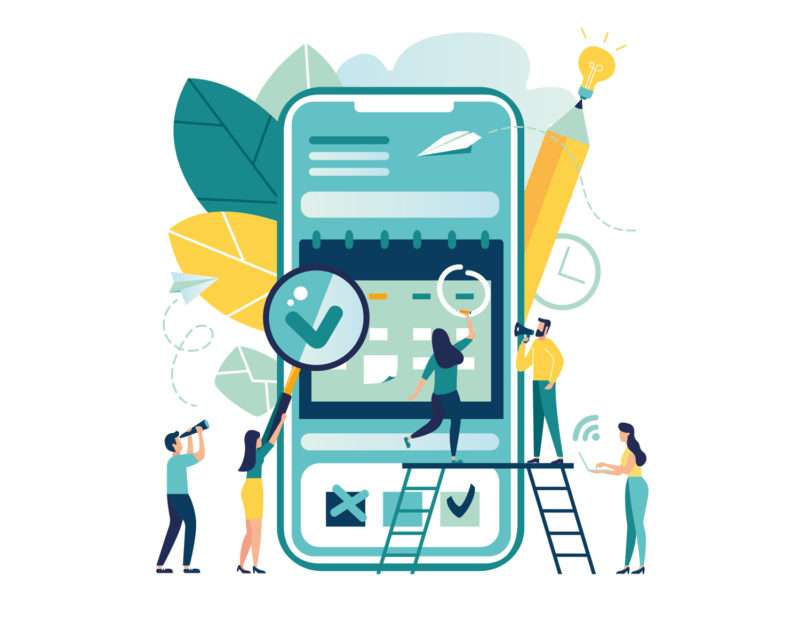
Table of Contents
- Types of Apps Used by Businesses
- B2C Apps
- B2B Apps
- What is a B2E App?
- Importance of B2E Apps – What Functions Can They Cover?
- How is a B2E App Good for Employees?
- How is a B2E App Good for the Company?
- Examples of Companies Who Use B2E Apps
- How to Create a B2E App?
- General Strategies for Creating a B2E App
- Some Questions to Ask Yourself
Trends in the corporate mobile apps development market are typically driven by (a) the Marketplace (e.g. Apple iOS Store), (b) App Category (a.k.a. the type of business, like Health & Fitness, gaming etc.), and (c) Region (the geography where most targeted users live).
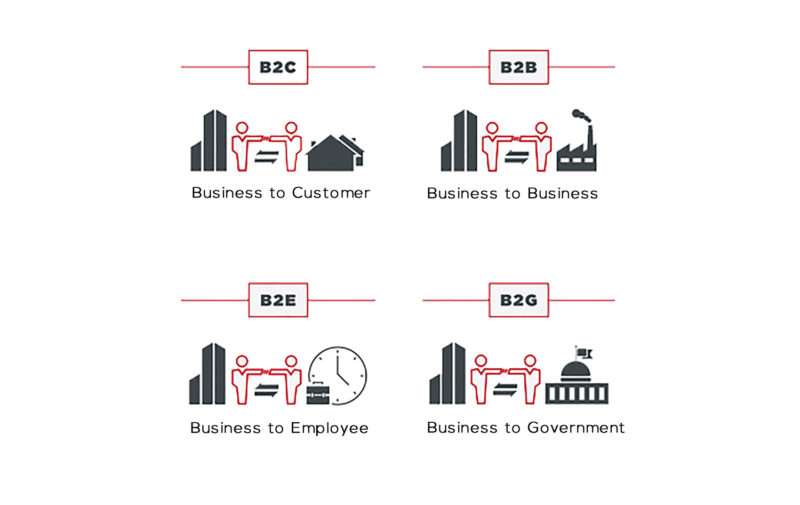
Let’s look at a few different types.
1.1 B2C Apps
The apps that people interact with most of the time are Business to Customer (B2C) apps. These are meant to be consumed by a large number of people.
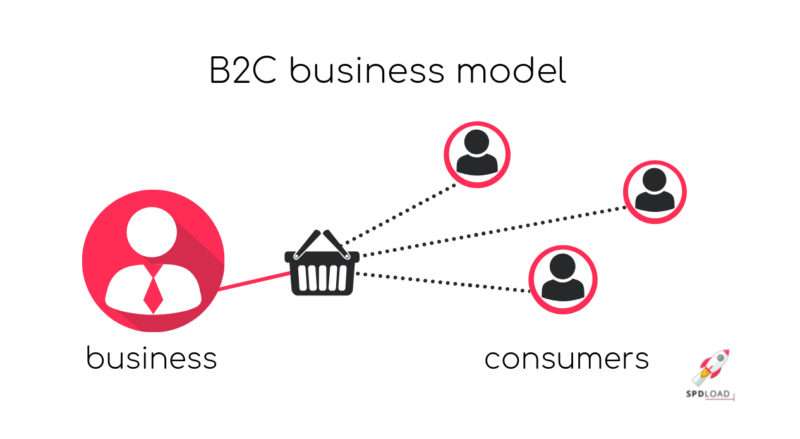
The main types of B2C apps include:
- E-commerce apps – These are the most common type of apps, literally serving as an online portal to conduct business.
- Stand-Alone Apps – Like those floated by social media platforms or gaming companies.
- Customer Loyalty Apps – Apps meant for use by customers, and rewards are tracked through the portal (e.g. airlines).
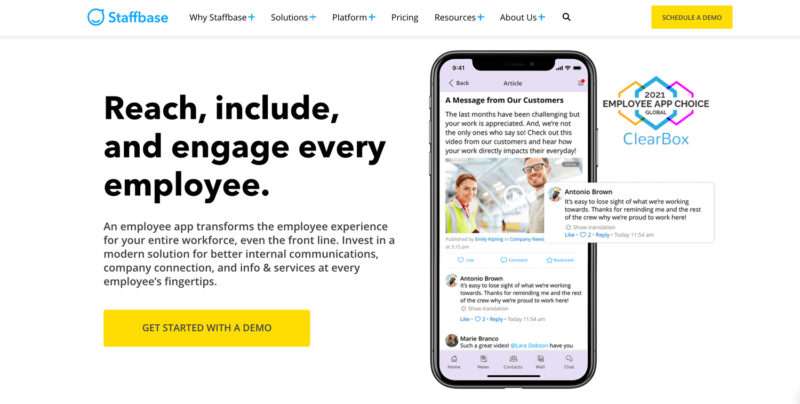
1.2 B2B Apps
B2B apps refer to mobile or web-based apps designed to facilitate business-to-business (B2B) transactions between two or more companies.
These apps are used by businesses to streamline their operations and manage their supply chain more efficiently.
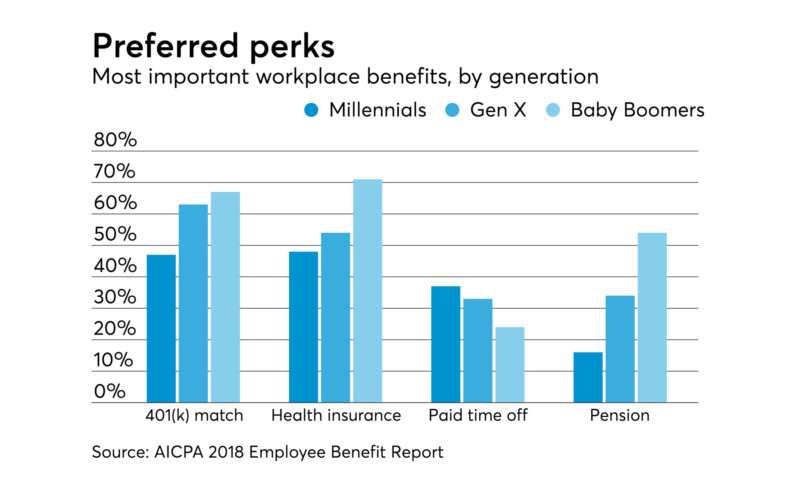
Photo Credit: accountingtoday.com
These are the two main B2B apps:
Enterprise Mobile Apps or B2 Enterprise Apps
The basic Enterprise App (sometimes called EA or even B2E) is a variation of a B2B app, since the users are people associated with the business, whether within the roster of the company or a “group” that the business belongs to, like partners, advisers, etc.
PRO TIP:
Enterprise mobile apps often refer to systems that sit atop the company’s normal data warehouse and perform new mobile functions like CRM, HR systems, payment processing, automated billing, and so on.
Now let’s shift our focus to a specific class of B2B apps that enable companies to interface constantly with their employees – Business to Employee apps.
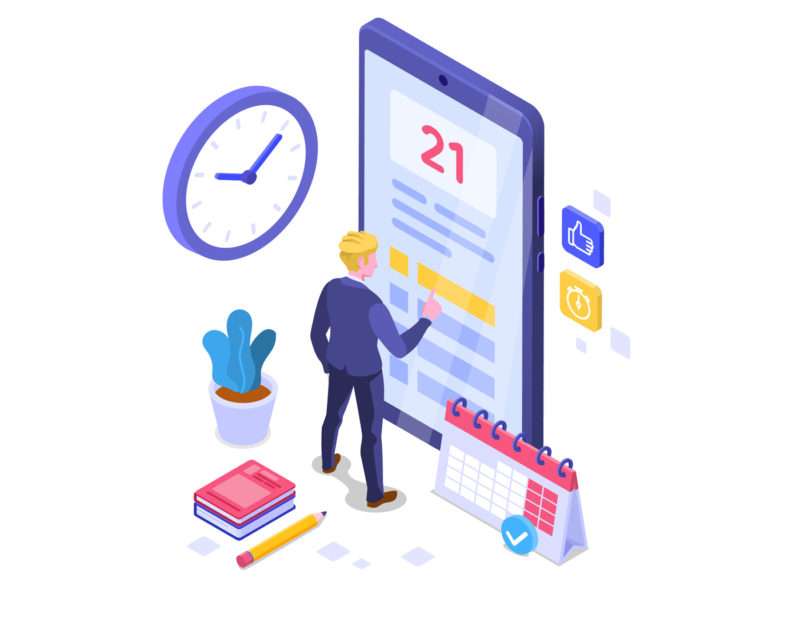
Business to Employee (B2E) apps are designed for internal use within a company.
They’re meant to be used by employees to help them perform their jobs more efficiently and effectively.
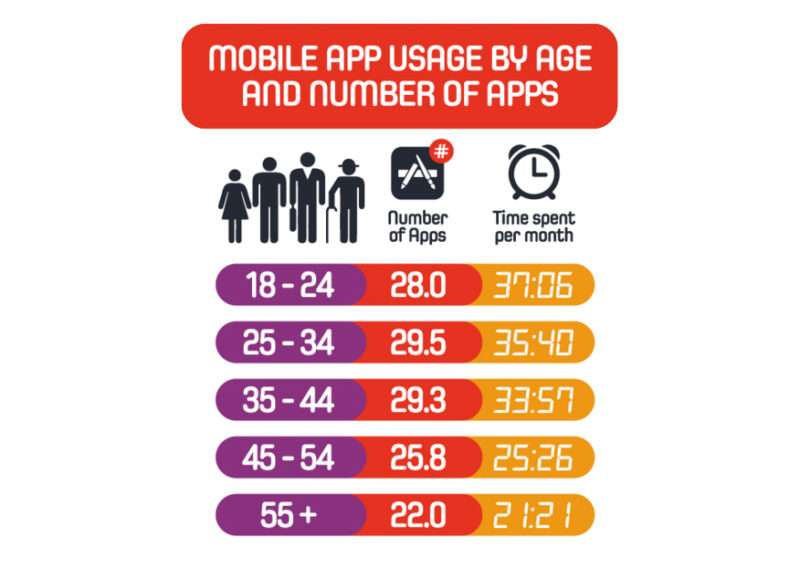
Photo Credit: i.pinimg.com
B2E apps can be used for a variety of purposes, like:
- Communication: B2E apps can be used to facilitate communication and collaboration between employees, teams, and departments. This can include messaging, file sharing, and video conferencing.
- Training and development: They can be used to deliver training and development programs to employees, including onboarding new employees, providing ongoing training, and delivering performance feedback.
- Workflow management: These apps can be used to manage workflows and automate tasks, making it easier for employees to manage their workload and stay on top of deadlines.
- Time and attendance tracking: B2E apps can be used to track employee time and attendance, making it easier for managers to monitor employee productivity and ensure compliance with company policies.
Overall, B2E apps are designed to improve employee productivity, engagement, and satisfaction by providing them with the tools and resources they need to perform their jobs more effectively.

2.1 Importance of B2E Corporate Mobile Apps – What Functions Can They Cover?
For a company that decides on the integrity of its employees (in terms of letting them work remotely at times) and has well-defined processes in place, these commercial mobile business apps can be a game-changer for these smartphone users.
Ultimately, the amount of face-time-driven interactions being reduced greatly adds to efficiency, saves management and employees time to be used for service delivery and thereby also cuts costs.
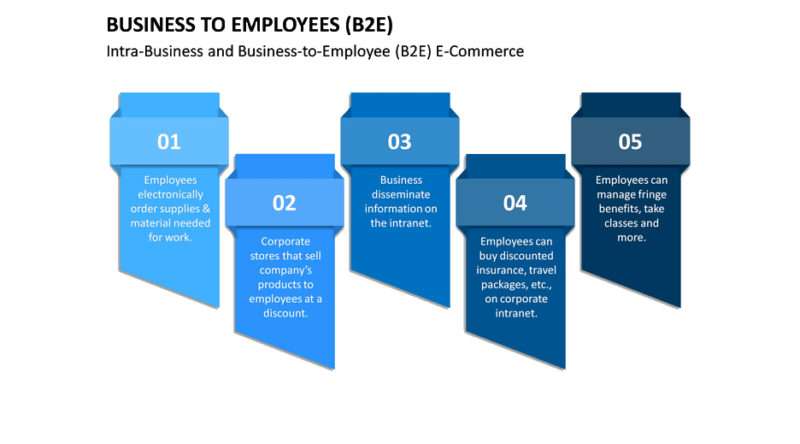
Photo Credit: sketchbubble.com
All the functions mentioned above are certainly candidates for what a B2E app can cover, but there are additional functions that could come to the forefront, like:
Creating mobile app project templates that can be used to convey instructions and deliver output
- Supply requests
- Scheduling
- Employee offers and day-to-day instructions
- Remote meetings and collaborative workflow
- International collaborations
- Inventory Management systems, sales and customer support systems
- Corporate announcements etc.
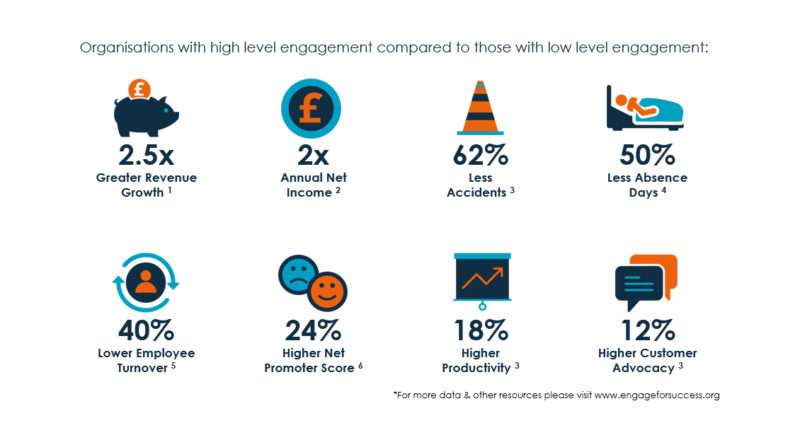
2.2 How is a B2E App Good for Employees?
People tend to work better when they’re not forced to spend time in endless meetings and wasting hours a day commuting.
As long as a company focuses on identifying specific processes, develops and employs prototypes and has an agile development methods mindset, there is definite scope for mobile apps to be user-friendly from employees’ perspectives.
It works even better when the business is willing to take feedback and make needed adjustments in regards to what’s working and what’s not.
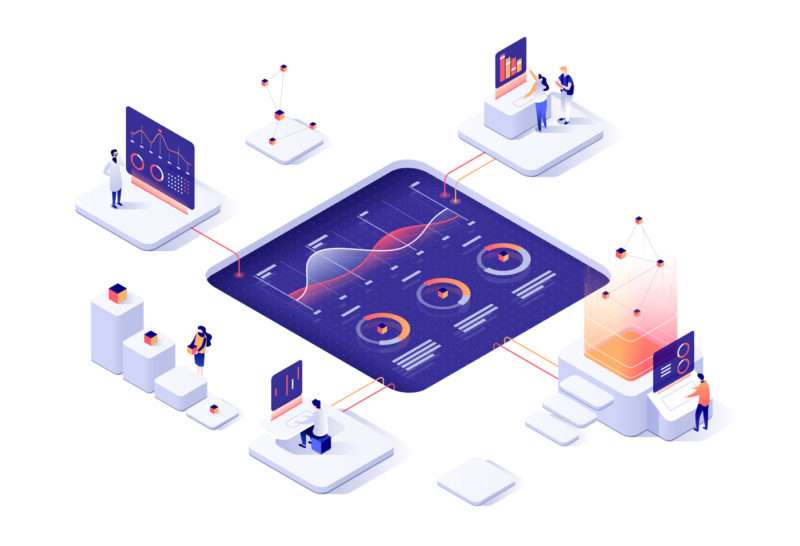
Pros of B2E App for Employees
- Saves time on commute, unnecessary meetings etc. since employees can use their mobile devices
- Instructions can be delivered in as succinct or as elaborate a fashion as required. New employees may struggle, more seasoned professionals may prefer being able to absorb 90% of the information remotely and only ask questions if needed.
- Many personal decisions (e.g. HR related) don’t need to be made while sitting across from a live person, you can browse information at your leisure on your mobile devices.
- Productivity increases without stress as long as team members are professional.
- Written communication makes it less likely to cause confusion later.
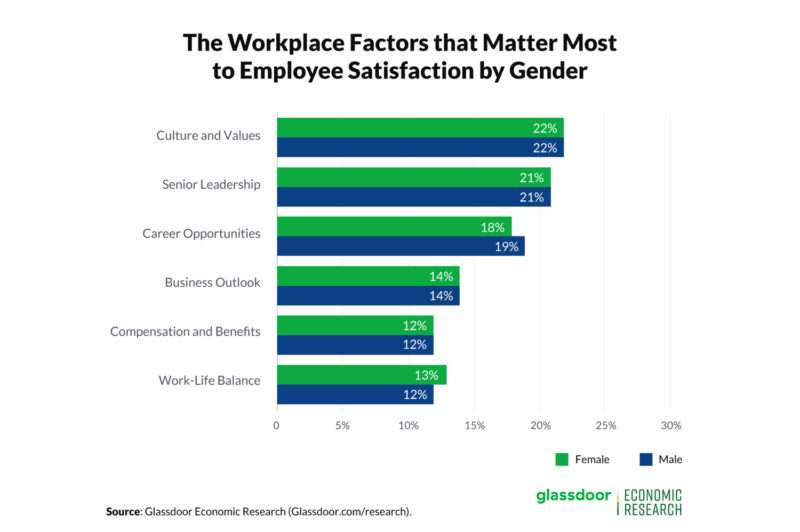
Cons of B2E App for Employees
- Badly designed UIs or slow platforms could create a poor working experience
- Some processes may not be suitable for being conducted through a B2E mobile app
- If too wide a span of functions is covered under the same app, it may cause more harm than good
- If team members don’t act professionally, it may be harder to chase them down.
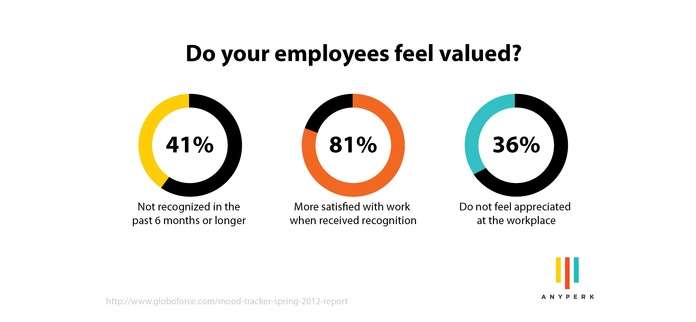
2.3 How is a B2E Mobile App Good for the Company?
In general, companies who have used B2E apps, like Coca-Cola, tout its praises in terms of improving productivity, quality of work, and employee retention.
In short, it delivers excellent business value.
These are companies that have typically taken a well-thought-out, modulated effort to identify the processes that can be covered (and to what extent), listen to employee feedback (and make needed adjustments), and engage in continuous improvement.
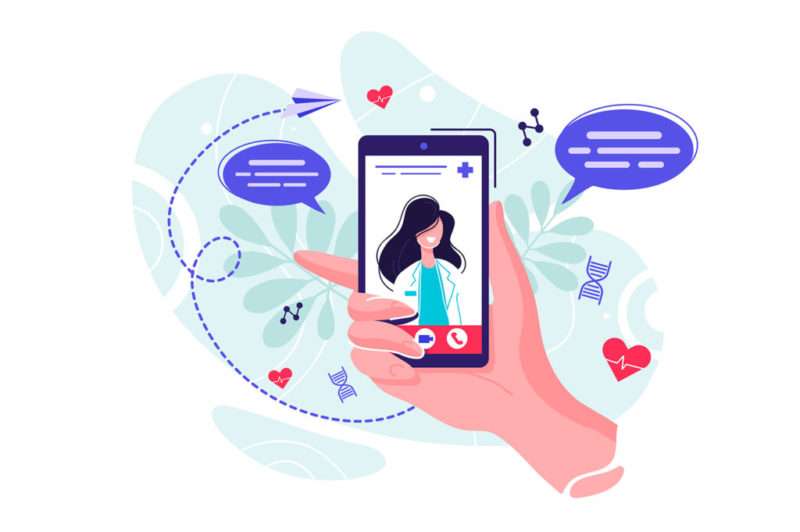
Pros of B2E Mobile Apps for the Company
- Increased employee productivity
- Frees up management time for strategic functions for customer interactions and growth
- All professional, licensing and HR functions are carried out with electronic signatures, ensuring that there’s no confusion
- Sales support tools like inventory and competitor information, e-signatures etc.
- The ultimate paper trail if archiving is properly done
- BI and other tools can be utilized more efficiently
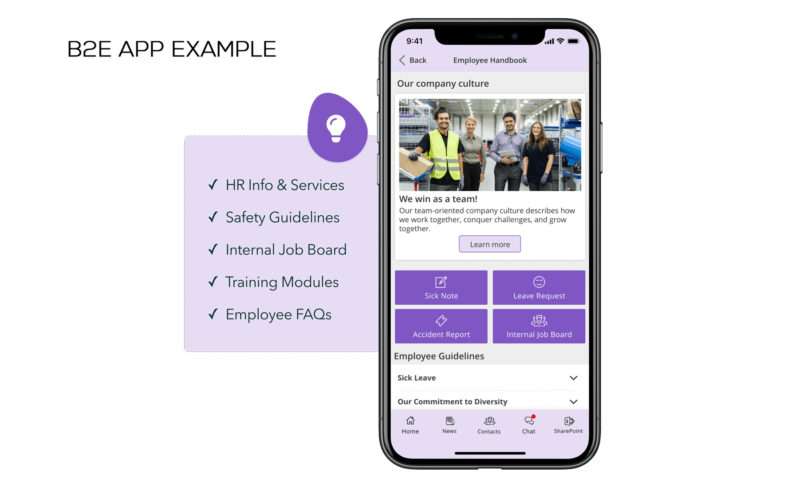
Photo Credit: staffbase.com
Cons of B2E App for the Company
- If not designed and maintained properly, can cause mismatches between the instructions being conveyed and the product being delivered, ultimately harming the outcome of the process
- Creates a need to monitor employees’ performances from a different perspective – since they may be remote
- May require work upfront to get people to buy in, without which the B2E app may fail to work as anticipated
- A “company culture” may be hard to develop if people use the B2E mobile apps instead of interacting with their fellow coworkers
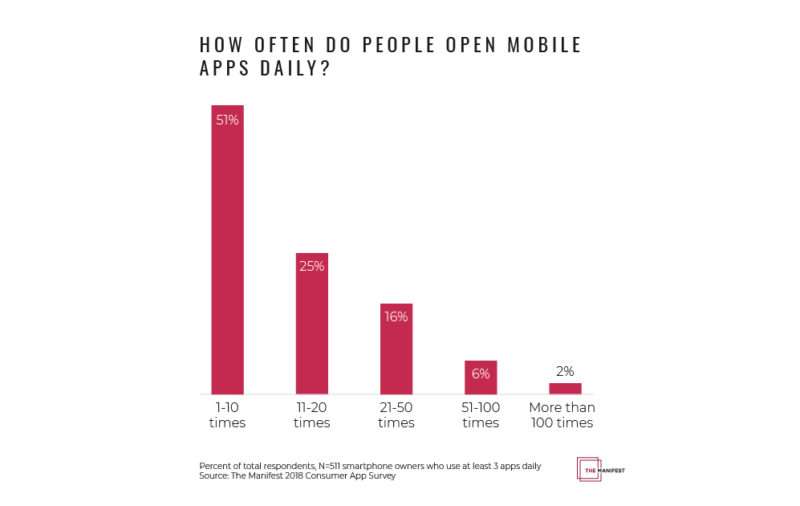
Photo Credit: themanifest.com
2.4 Some Companies That Use B2E Apps
Here are some prominent examples of companies using B2E:
- Coca Cola – often considered a pioneer
- Starbucks
- Southwest Airlines
- Espirit
- RL 3600
- Golf Town
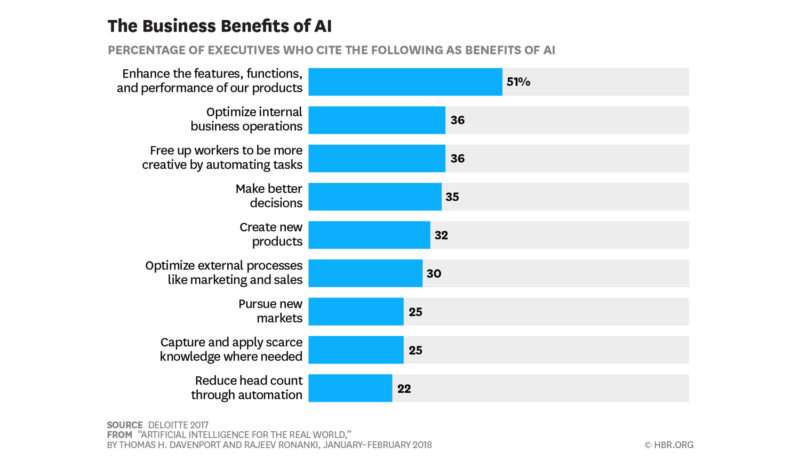
Photo Credit: hbr.org
There are some clear dos and don’ts involved in B2E app development. Let’s take a look so you can get started on planning out your own mobile app.
3.1 General Strategies for Creating B2E Apps
Companies should follow sensible guidelines while developing B2E apps for specific processes within the company.
There’s no reason to fear the unknown, but there also isn’t any hurry to create a juggernaut that has a mind of its own and is practically unusable for half the mobile functions it was supposedly designed to handle.
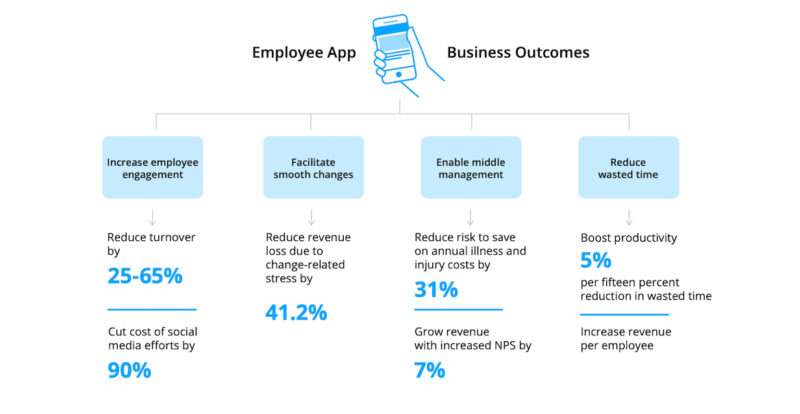
Photo Credit: staffbase.com
Best Practices While Gathering Requirements for B2E Mobile Apps
Here are some key strategies to consider while gathering requirements:
- Take stock about which of your processes are being completed through a “company portal”. These mobile functions should be on your list of features covered by a B2E app.
- Put together an expanded list, but make sure you get key stakeholders (read: employee and IT department) feedback on which other features could be included.
- Don’t strive to put everything under a B2E umbrella – there’s no fairy godmother. Limit the scope. Migrating step by step often works for adoption and long-term success.
- Document everything meticulously as part of your development and roll-out strategy
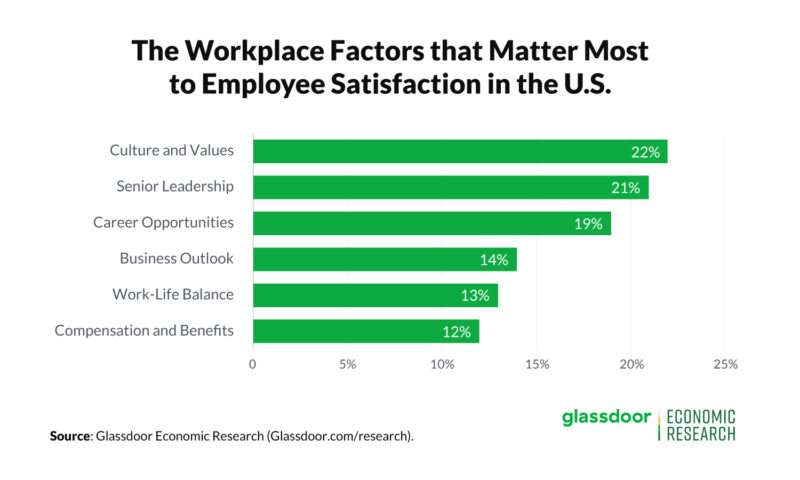
Key Consideration While Developing B2E Apps
Once the requirements are frozen, focus on the following:
- Create a group of testers to provide continuous feedback before development is completed and a general launch is done. You could, for example, create an MVP mobile app that your testers opine on.
- Focus on user-friendly UI/UX development – this is absolutely key for continued adoption.
- Decide on timeframe and budget – your B2E app needs to work cross-platform (multiple mobile operating systems) so you may want to consider the options, like creating a hybrid app, native apps for each platform, and so on.
- Ensure rapid prototyping and create reusable templates – any and all efficiency parameters should be at your fingertips.
- Set up ROI Analysis tools to track whether the functionality placed under the B2E apps perform at a higher, lower, or the same level once the app is utilized.
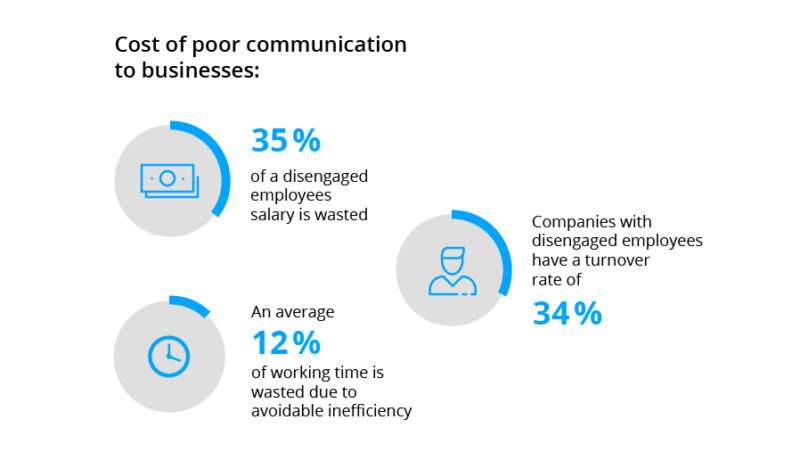
Photo Credit: hbr.org
Best Practices to Sustain, Enhance and Drive Adoption for B2E Apps
- When the B2E app is operational, there are a few things to keep in mind:
- Get feedback continuously from key users, especially those directly impacted by the features covered by the B2E app.
- Track ROI
- Keep updating documentation in case changes are needed.
- Remain flexible and agile – don’t wait till something gets critically impaired.
- Arrange for training and help desks to ensure employees get the maximum benefit.
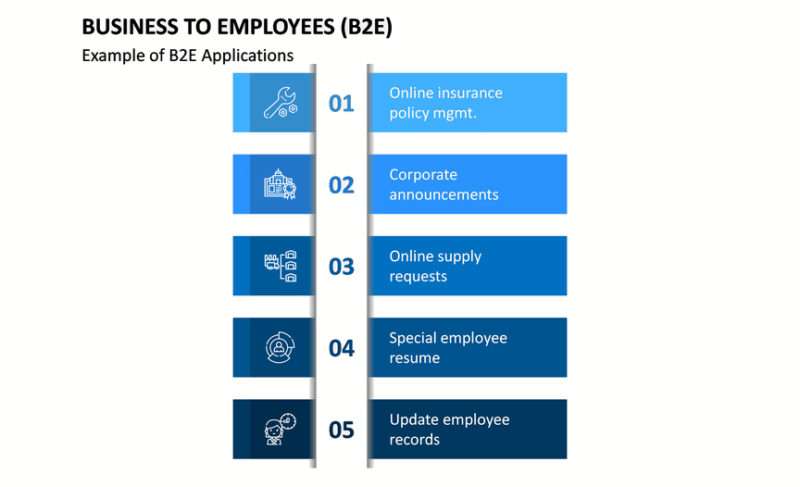
Uncertain about whether a B2E app is right for you? Ask yourself a few pertinent questions:
- Which of your current processes are already being performed by employees accessing instructions, data, forms and submissions through a portal?
- Are there other tasks/processes that are low touch?
- What percentage of your employees wouldn’t like to be in the office daily if given the choice?
- What are your budget and other constraints? Can you develop native apps or is hybrid your best option? What about PWAs?
- How tech savvy are your employees?
- Have you solicited feedback from your employees on the above questions via an anonymous survey?
- Have you set up a safe way for employees to provide feedback regarding their experiences?
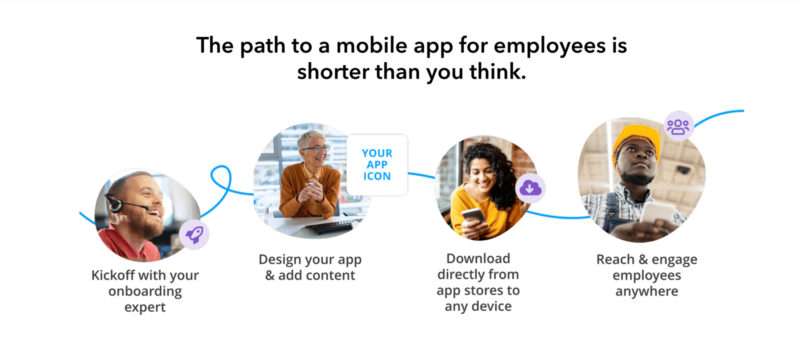
Photo Credit: staffbase.com
According to Glassdoor, 70% of US employees feel disengaged.
The disengaged workers change jobs almost twice as much as workers who are engaged and committed to their jobs.
In short, employee satisfaction and engagement is paramount for productivity. B2E apps, when designed and used properly, have been proven to create a happier and more engaged workforce.
If you’re ready to take the next step, get started with full technical documentation of your app ideas using our Simple Starter package.
This will lay the groundwork for future app development.
What’s your experience with B2E apps and have you found them to be helpful?




